Converting crop structure, increasing economic value
Previously, Thu Lum people mainly grew corn, cassava, and upland rice. However, the high mountainous terrain quickly depleted the soil, resulting in low productivity and unstable economic efficiency. Realizing the potential of the year-round cool climate, the Party Committee and the commune government have oriented to change the crop structure, introducing medicinal herbs such as cardamom, cardamom, Lai Chau ginseng, and seven-leafed flower to grow under the forest canopy.
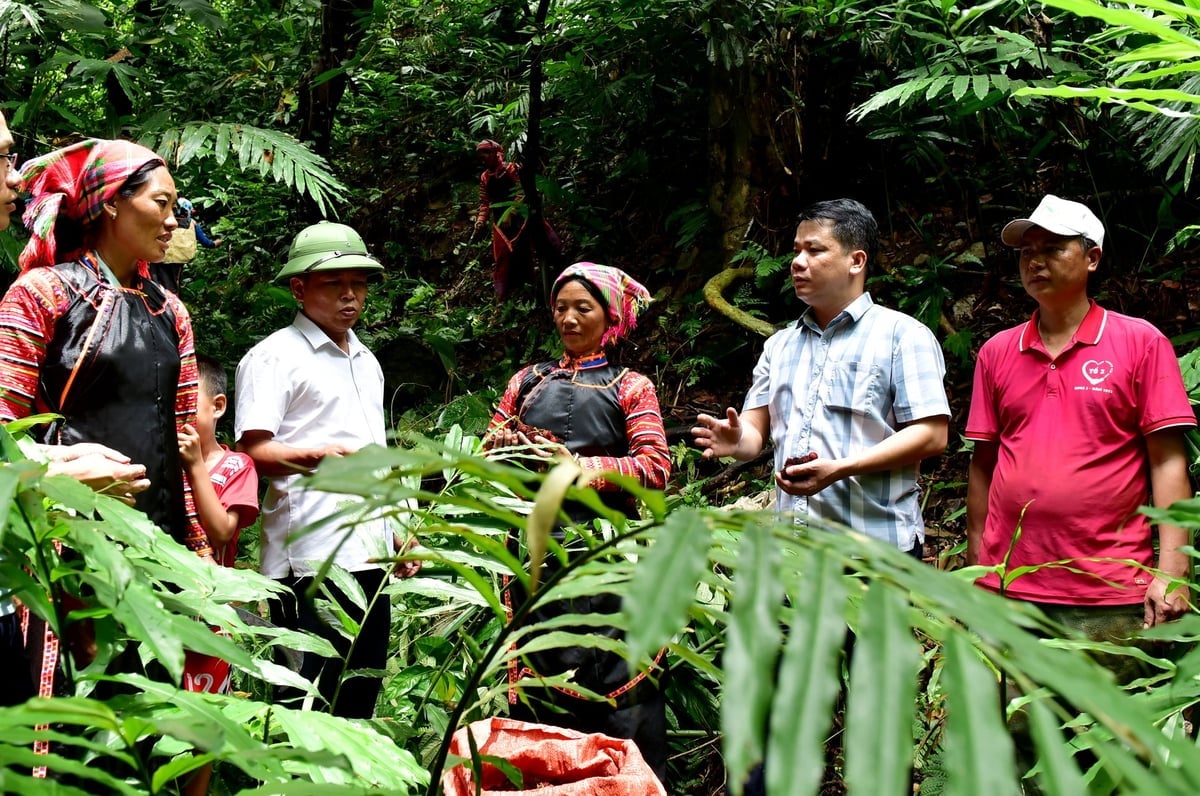
People protect forests because medicinal plants provide a stable source of income. Photo: Van Tam.
The story of Mr. Chu Chu Pha in Pa Thang village is a clear proof: “Previously, growing corn and cassava was not enough to cover living expenses. Since switching to growing medicinal herbs, my family earns nearly 70 million VND each year. Growing under the forest canopy both preserves the soil and protects the forest.
In the coming time, we will continue to expand the area of cardamom cultivation, actively apply science and technology in planting, care, preservation, and processing to sell at a higher price."
Currently, the whole commune has more than 370 hectares of cardamom, 400 hectares of cardamom, nearly 2 hectares of Lai Chau ginseng and seven-leaf flower. The selling price of dried cardamom is about 120,000 VND/kg, fresh cardamom is from 75,000 - 80,000 VND/kg. Many households earn an income of 100 - 200 million VND/year, contributing to raising the average income of the commune to 35 million VND/person/year, the poverty rate reduces by over 5% each year.
Mr. Ly Chuy Hu, Vice Chairman of the Commune People's Committee, said: "In recent years, the commune has focused on promoting and mobilizing people to replace low-yield plants with plants of higher economic value. At the same time, it has coordinated with specialized agencies to provide technical guidance and capital support." Thanks to that, the productivity and quality of crops are increasingly stable, and the output is more favorable. Determining that developing medicinal plants is a long-term direction, in the coming time, the commune will continue to promote and mobilize people to expand the area, especially in villages with cool soil and climate conditions such as: U Ma Tu Khoong, Lo Na, Pa Thang.
Value chain linkage and sustainable development trends
Thu Lum commune has increased training, technology transfer, and support for seeds and fertilizers for the people. According to Mr. Ly Chuy Hu, in order for medicinal plants to become a key crop, contributing to promoting sustainable development of the local economy, along with training, officers of the Commune Economic Department regularly go to the village to help people choose seedlings, guide planting processes, how to cultivate, weed, harvest fruit, dry, and ensure the quality of output products.
At the same time, focus on connecting product consumption; actively coordinate with specialized units and purchasing enterprises to build a sustainable chain from production to consumption. Along with that, mobilize people to join groups and production cooperatives to form concentrated growing areas, in the direction of goods. From there, people have more conditions to exchange, learn experiences, reduce production costs and increase product consumption capacity. This trend is consistent with the development orientation of medicinal plants in Lai Chau.
In particular, the development of medicinal plants must ensure suitability for each ecological region, on the basis of effectively using all potentials of natural and social conditions associated with the management, exploitation and sustainable use of cultivated and natural medicinal plant resources; focusing on the conservation and development of rare medicinal plant genetic resources, serving the goals of medical and economic development. Applying scientific and technological advances to create quality products, meeting the domestic demand for medicinal plants and export orientation, contributing to increasing income for households in areas with conditions for developing medicinal plants. Strive to make medicinal plant cultivation in Lai Chau province a strong profession in agricultural production of Lai Chau by 2030.
Currently, medicinal plants not only create livelihoods, growing medicinal plants under the forest canopy but also contribute to environmental protection. Plants such as cardamom and cardamom have developed root systems, helping to retain soil and limit erosion. According to research, this model helps increase forest cover and improve soil quality, while reducing pressure on logging. In addition, the medicinal plant market is also growing strongly.
The global herbal medicine market size in 2021 reached 230 billion USD, expected to increase to 430 billion USD by 2028 with a compound growth rate of 11.32%. In Vietnam, many localities, including Lai Chau, have planned growing areas that meet GACP-WHO standards to improve quality and export capacity. With the right orientation and consensus of the people, medicinal plants will become a "green gold mine" to help Thu Lum develop the economy in association with sustainable forest protection.
Source: https://nongnghiepmoitruong.vn/trong-duoc-lieu-duoi-tan-rung-nang-cao-thu-nhap-giam-ap-luc-khai-thac-go-d784579.html



![[Photo] Prime Minister Pham Minh Chinh meets with representatives of outstanding teachers](https://vphoto.vietnam.vn/thumb/1200x675/vietnam/resource/IMAGE/2025/11/15/1763215934276_dsc-0578-jpg.webp)

![[Photo] General Secretary To Lam receives Vice President of Luxshare-ICT Group (China)](https://vphoto.vietnam.vn/thumb/1200x675/vietnam/resource/IMAGE/2025/11/15/1763211137119_a1-bnd-7809-8939-jpg.webp)


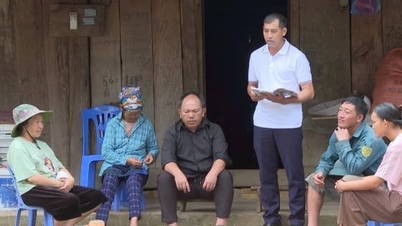
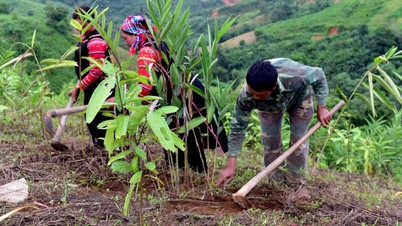







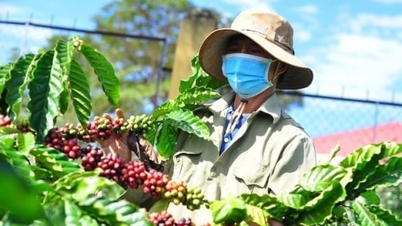
![35 years of building a high-quality herd: [Part 1] Crossbreeding journey](https://vphoto.vietnam.vn/thumb/402x226/vietnam/resource/IMAGE/2025/11/16/1763280452986_0239-3-160957_743.jpeg)


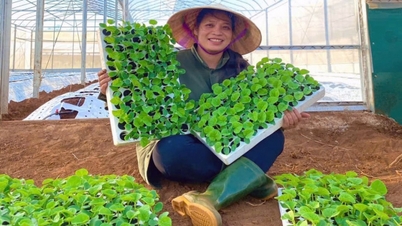




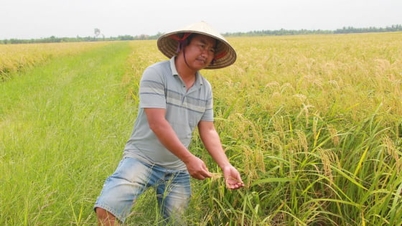
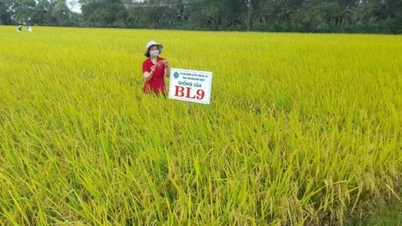
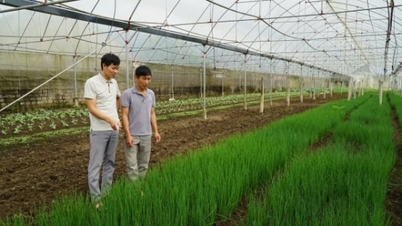

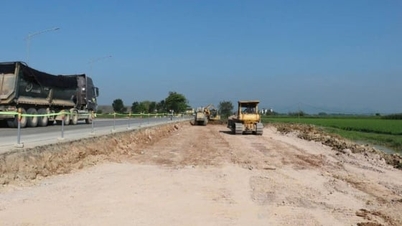
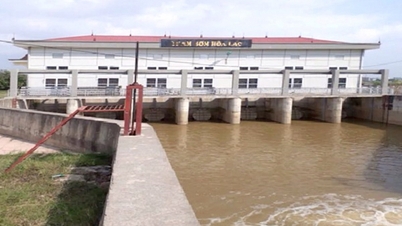


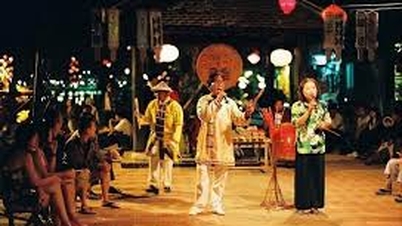










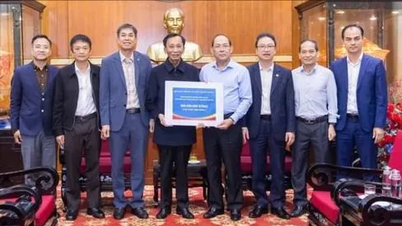






































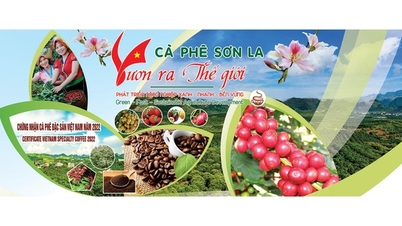






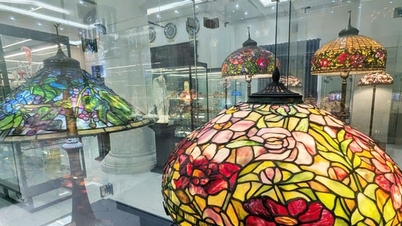














Comment (0)